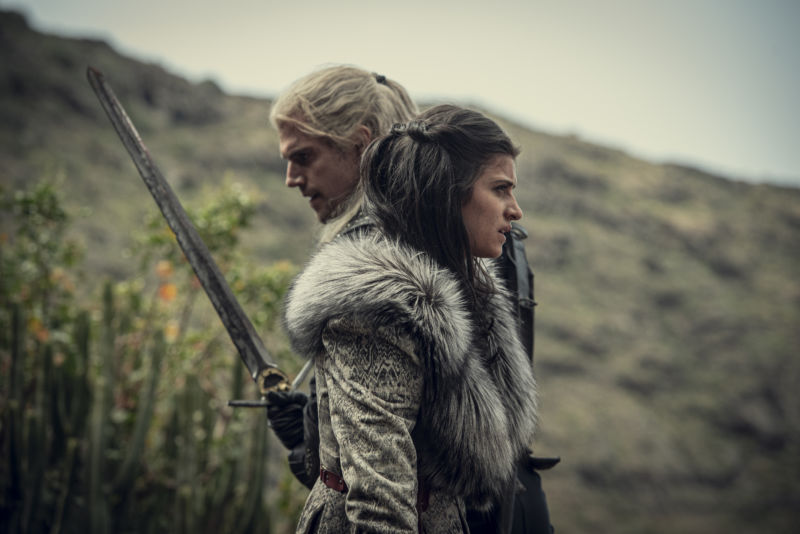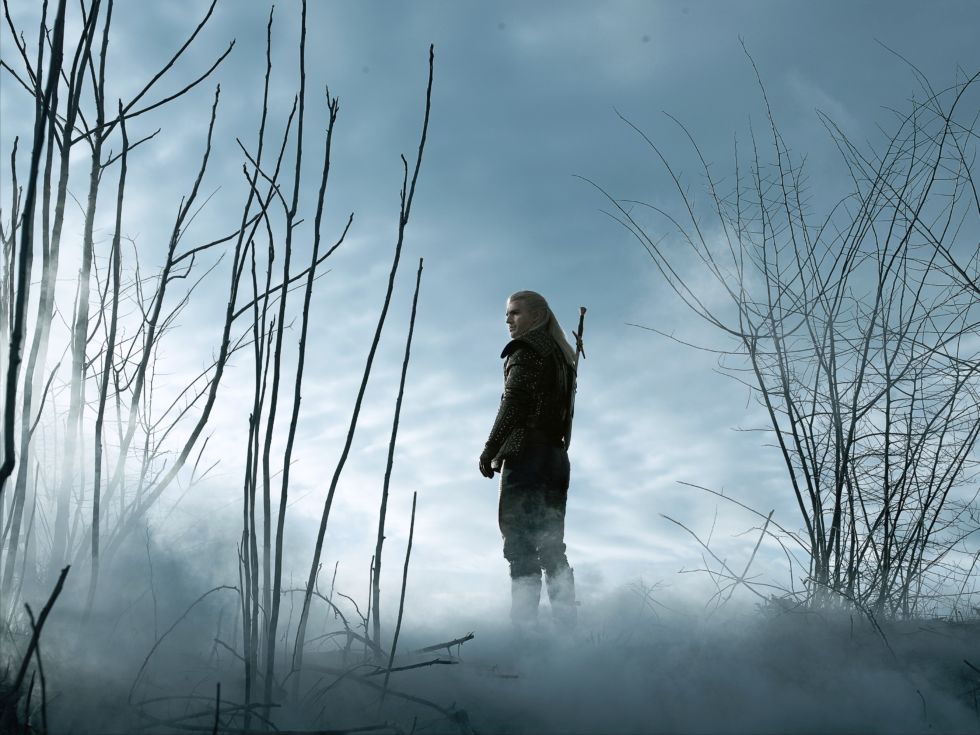The Witcher’s Netflix success: How three timelines somehow became cohesive

Enlarge / Netflix's version of The Witcher exercises wiggle room with three types of source material. For the series' spread of main characters, that's good news. (credit: Netflix)
The Witcher is Netflix's surprise hit of the year, a series that seemed from the outset an unlikely to succeed adaptation greenlit in the foolish hope of finding the "next Game of Thrones." Despite middling reviews from critics, the show has become one of Netflix's 10 "most popular" shows of 2019, an honor it achieved with barely 11 days left in the year.
Even more surprising is its path to success. Netflix's The Witcher turned out to be a catchy, bingeable series not because of a blind faithfulness to the original work but by showrunner Lauren Schmidt Hissrich disregarding how the original material was structured. By sticking with the spirit of the stories, instead of following them letter-of-the-law style, The Witcher was far more successful than anyone could have imagined.
100 years, one Continent, three timelines
Geralt of Rivia. [credit: Netflix ]
When Game of Thrones arrived in 2011, one of the ways it reeled in fans was its almost slavish allegiance to the source material. Entire segments of dialogue were lifted directly from the page. Major plot points came in the same order as they did in the books, including Ned Stark's death before the season finale. When the show added scenes out of order, such as Cersei and Jaime's scene over Jon Arryn's body in the pilot, they too were lifted directly from other parts of the novels.
Read 11 remaining paragraphs | Comments